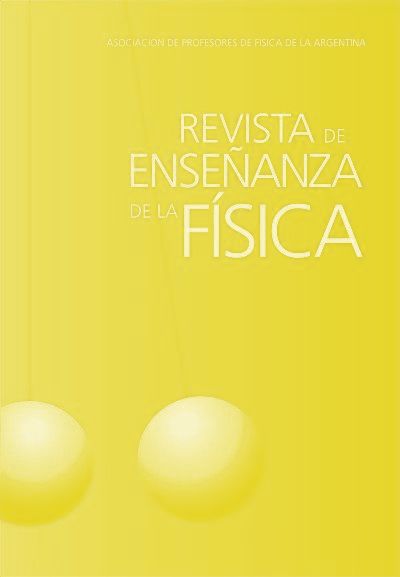Kaplamino under the magnifying glass of classical physics
Keywords:
Classic Physics; Physical education; STEAM approach; Interdisciplinary; Domino effectAbstract
Education of citizens of the 21st century needs teachers who feel empowered to face the challenge of contributing to the devel-opment of cognitive and socio-emotional capacities of the new generations that are immersed in digital culture. In this sense, it assumes the challenge of introducing the approach Science, Technology, Engineering, Art and Mathematics (STEAM), to work concepts of classical physics through the realization of Kaplaminos. The work presented is part of the educational intervention carried out by an advanced student of the Teaching Certificate of Chemistry of the UNS, within the framework of the profession-al practices of higher level required in the course of the subject Didactic of Higher Level of said career. The resources and meth-odological strategies presented to the class group through asynchronous and synchronous activities are detailed, as well as the results of the experience.
Downloads
Published
Issue
Section
License

This work is licensed under a Creative Commons Attribution-NonCommercial-NoDerivatives 4.0 International License.
Aquellos autores/as que tengan publicaciones con esta revista, aceptan los términos siguientes:Los autores/as conservarán sus derechos de copiar y redistribuir el material, bajo los términos estipulados en la Licencia de reconocimiento, no comercial, sin obras derivadas de Creative Commons que permite a terceros compartir la obra bajo las siguientes condiciones:
- Reconocimiento — Debe reconocer adecuadamente la autoría, proporcionar un enlace a la licencia e indicar si se han realizado cambios. Puede hacerlo de cualquier manera razonable, pero no de una manera que sugiera que tiene el apoyo del licenciador o lo recibe por el uso que hace.
- NoComercial — No puede utilizar el material para una finalidad comercial.
- SinObraDerivada — Si remezcla, transforma o crea a partir del material, no puede difundir el material modificado.
- Los autores/as podrán adoptar otros acuerdos de licencia no exclusiva de distribución de la versión de la obra publicada (p. ej.: depositarla en un archivo telemático institucional o publicarla en un volumen monográfico) siempre que se indique la publicación inicial en esta revista.
- Se permite y recomienda a los autores/as difundir su obra a través de Internet (p. ej.: en archivos telemáticos institucionales o en su página web) antes y durante el proceso de envío, lo cual puede producir intercambios interesantes y aumentar las citas de la obra publicada. (Véase El efecto del acceso abierto).










